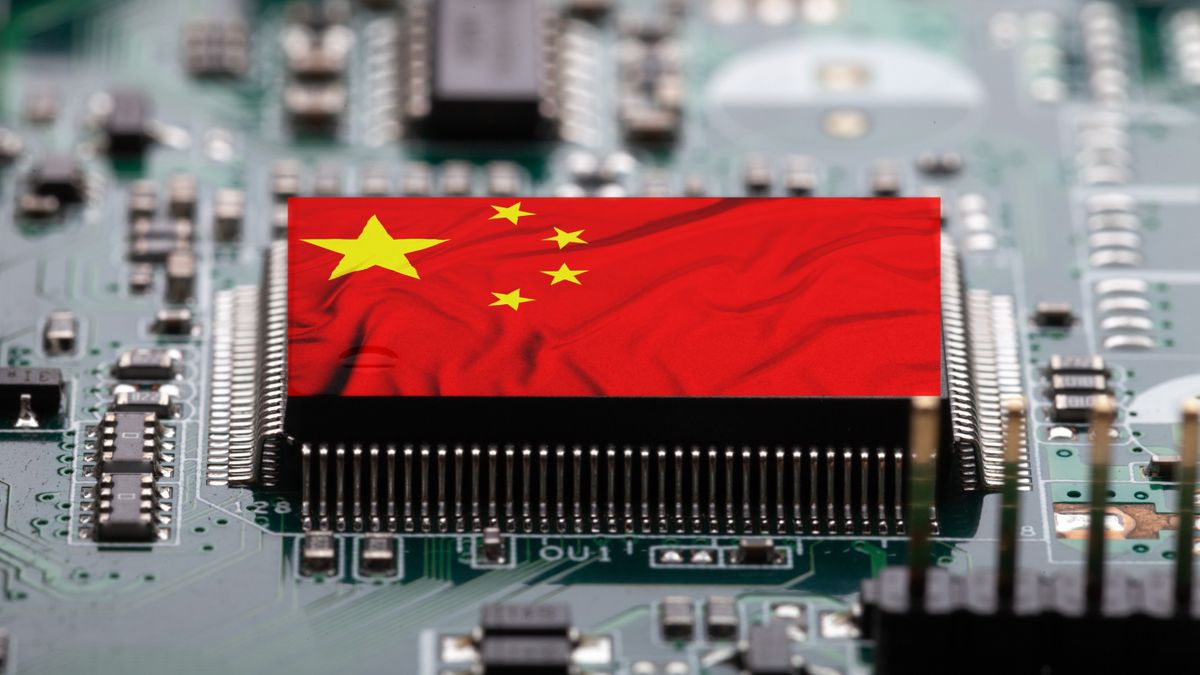China’s push for chip independence continues with its first RISC-V server CPU
-
cross-posted from: https://lemmy.zip/post/35528933
China is doubling down on the RISC-V architecture.
-
 T [email protected] shared this topic
T [email protected] shared this topic
-
and, honestly, RISC-V is the right place to spend it. RISC has super powers.
-
What do you mean by that. RISC-V is open source but it doesn't have "superpowers" that I know of?
-
"reduced" is the super power. I would much rather put the smarts into the assembler/compiler/interpreter than the silicon. have been followed RISC since the 80's and discovered that I am really a RISC guy living in CISC world. open arch is the world dominating cherry-on-top.
-
Yeah, RISC is good.
-
Do you have any resources by any chance that explain the difference well?
I've coded in assembly and understand instruction sets at a very rough level, but I'm not really familiar with specifically what differentiates RISC / ARM / x64, or why RISC's reductions would be good / bad / what trade-offs come with them.
-
between the 30k' overview of Reduced instruction set computer (RISC) architecture and the lower level RISC-V Architecture: A Comprehensive Guide to the Open-Source ISA, you should get a pretty decent feel for it.
the level of optimization you get via hardware and software tooling is honestly pretty spectacular. I have been waiting for RISC to come out of hiding for years and it seems to be happening.
-
About that last sentence about software support determining the future of risc-v. It will overtake x86 (eventually) just due to the nature of OSS. At first OS platforms arent as good... Until suddenly they are. Ask Apple. When the iPhone first launched, it was a million times better than Android. And yet now they are totally on par with each other. And Android has the edge in a lot of cases.
-
That's not really true. Yes avoiding complex instructions makes the front end easier to pipeline but there are lots of smarts in the backend to do prediction and scheduling to keep the execution units fed. The ISA might be free to use but no one is sharing their highly optimised server silicon architecture designs.
RISC-V's challenge is can they standardise the software ecosystem enough that things just work across a multitude of chip providers or does everything devolve into specialist distributions taking advantage of each manufacturers "special sauce" custom instructions.
Gaining design wins over Arm's microcontrollers for bespoke hardware was the easy bit. Replacing stuff in the server space is much harder and something that took Arm decades to make inroads into.
-
Android gets a leg up from being built on a FLOSS base but I don't think it was the community that pushed Android to where it is today. That's taken a lot of money and resources from Google and it's phone partners investing in the slightly more open platform than Apple.
-
This could be great news. RISC5 could be great for diversity in the processor space. I at will take investment on the scale that only a national investment like China can invest to get it to compete.
Does China have the Fab capability to build these, or do they need foreign production?
-
This is a purely theoretical arguement.
Ecosystem momentum makes this argument mute.
-
Fine, they've made a processor, but until I have an idea of how well tested and secure it is, I'm not running anything on it. I don't mean in a "Oh China, scary!" way but just because it's an unknown brand with no track record.
Making something that works most of the time is one thing. Making something bulletproof is another.
...and they're positioning this for servers.
-
They have been making their own x86 knock-offs for a while now, but not at the same scale as the "regular" - i.e. they'd been doing it at 14nm or so, so less efficient.
I don't know if they have better fab process since then, and for how big a scale.
-
Sorry to inform you, but all of our infrastructure runs on layers of hacks already.



